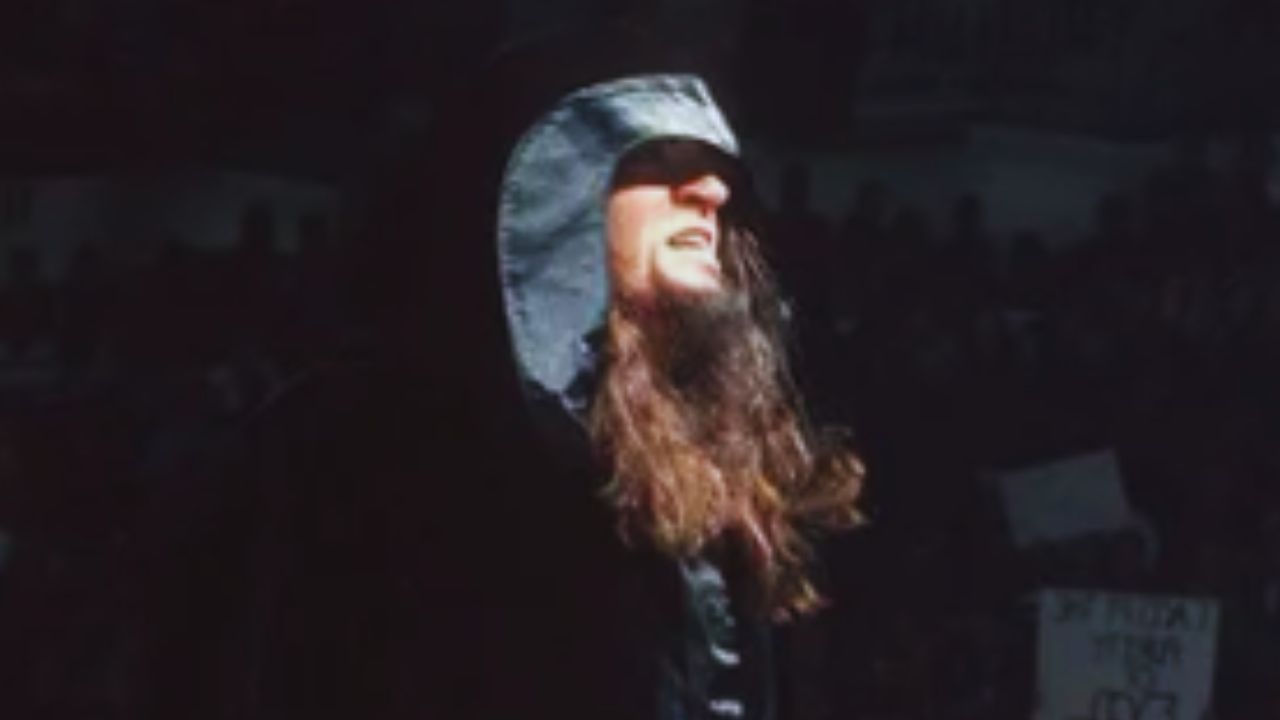Few WWE storylines are as iconic in the memory as The Undertaker’s Ministry of Darkness. This courageous idea solidified The Undertaker’s position as a mystical antagonist and also connected it to one of the most disputed and lively plots in WWE history. In the latest episode of his podcast “Six Feet Under”, Mark Calaway better known to fans as “The Undertaker” talks about a dark chapter in wrestling culture, revealing the latest news for his impact and understanding and reflection on his work.
Ministry of Darkness: A Masterpiece of Horror
The Ministry of Darkness is more than just a wrestling ring; This is a horror show and a gothic drama. The central event in this story is a shocking moment that will be remembered in the world of wrestling: The Undertaker attempted to make Stephanie McMahon marry him while she was bound to a cross. Created to push limits and surprising viewers, this program showcases the innovative risks WWE is ready to embrace in the present era.
Host’s Thoughts: The Fear of Stephanie McMahon’s ‘Marriage’
Mark Callaway recalls the most famous part of the story, writing that it was designed to provoke an internal reaction in the audience. “I ended up kidnapping Stephanie and planning to marry her, yeah, that’s all,” Callaway said with a hint of nostalgia. He compared Stephanie McMahon’s appearance now to her appearance later in life, noting the stark contrast: “The boss’s little girl, now, here, you know it’s been the monster – Satan’s daughter.”
For fans, the image of Stephanie McMahon, the beloved daughter of the WWE Chairman, being threatened by a villain like The Undertaker is disturbing and fascinating. Callaway says the tension between Stephanie’s innocence and The Undertaker’s brutality is at the heart of the story’s impact. “Even with Vince McMahon, Stephanie was still very beautiful. And, you know, Satan was after her.”
This minister’s tenure was short but wide-ranging
Although the Ministry of Darkness was short-lived, it left an indelible mark on the WWE landscape. Callaway was disappointed that the story didn’t have a longer duration, mentioning its potential for more development. “He mentioned that there is still a great deal of work left to accomplish to reach our goal.” Collaborating with others, there’s a moment in my life that brings me great pride. It occurred at a time when I believed I needed to mature, and I believe it was a success.
This vision is not a personal development of The Undertaker but shows WWE’s willingness to explore dark and provocative themes. The goal of a storyboard is to distract the audience, which is a very successful goal.
Corporate Services: Transformation
As the story of the Ministry of Darkness unfolds, an unexpected change occurs in the introduction of the entity. This episode introduced Vince McMahon as “Ultimate Power”, a show that was seen as a controversial decision by many fans. However, Callaway saw this change as an important part of the storyline.
“We want fans to loathe the Ministry of Magic,” explains Carraway. “I tried to make something that looked like a good devil.” He acknowledges that the way anger is shown has evolved, yet the fundamental concept of challenging limits stays unchanged. “He said that in order to blend in, you need to figure out how to stand out from everyone else.”
The objective is to provoke a powerful emotional reaction, be it disgust, surprise, or curiosity. The goal of this approach is to make the Ministry of Darkness stand out in the world of professional wrestling.

The legacy of this ministry: an enduring form
Despite their short existence, the Ministry of Darkness has left a lasting legacy in WWE history. It remains an example of wrestling’s ability to blend narrative and spectacle, pushing boundaries that other forms of entertainment dare not challenge. For many fans, the image of the Undertaker roaming the halls of WWE in a dark suit remains a powerful symbol of wrestling’s potential for dramatic storytelling.
Mark Calaway’s reflections on the Ministry of Darkness remind us of the pitfalls and rewards of creative communication in professional wrestling. The ability of a series of stories to evoke emotions, whether through fear or confusion, enhances the art of storytelling, which is capable of engaging and broadcasting to the audience just after the speech is over.




